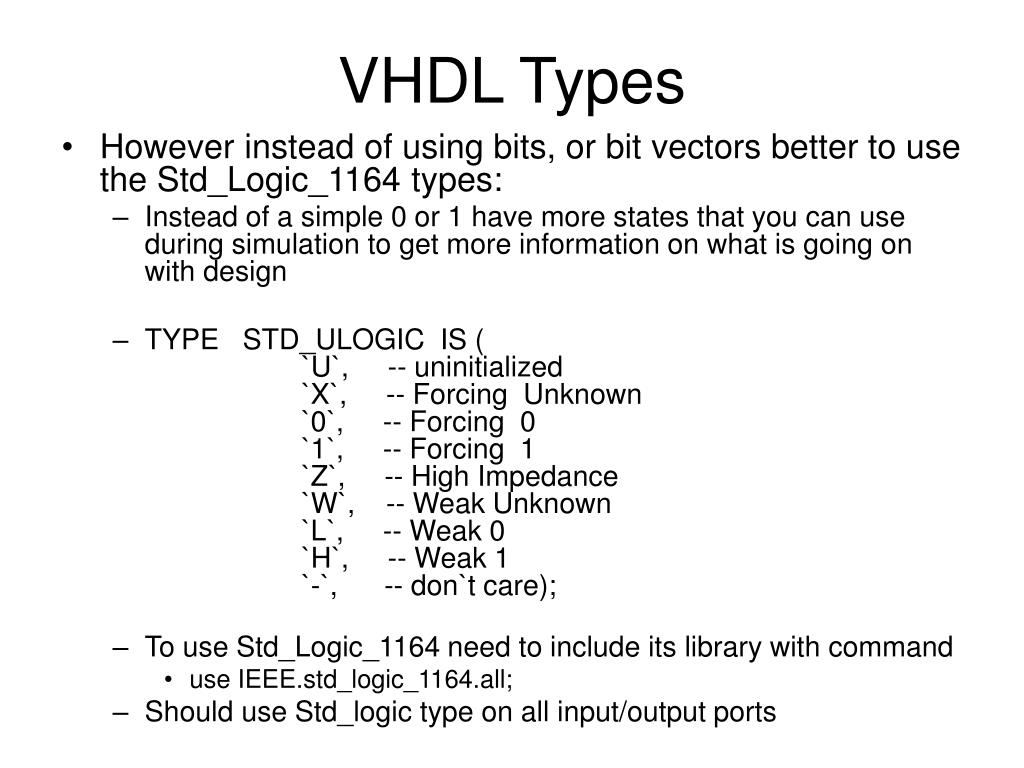
PPT VHDL And Synthesis Review PowerPoint Presentation, free download ID6676668
VHDL contains a set of built-in type casting operations that are commonly used with the numeric_std package to convert between std_logic_vector and unsigned/signed. Since the types unsigned and signed are based on the underlying type std_logic_vector, the conversion is simply known as casting. The following are the built-in type casting.

VHDL Type Conversion PDF
1. Type casting and conversion functions. 2. The importance of using the appropriate type. 3. Common uses and examples. VHDL Type Cast and Conversion Functions The picture below illustrates how to convert between the most common VHDL types. Type casting is used to move between the std_logic_vector type and the signed and unsigned types.

001 14 Predefined DataTypes in vhdl verilog fpga YouTube
Below are the most common conversions used in VHDL. The page is broken up into two sections. The first half of the page shows conversions using the Numeric_Std package file. The second half of the page shows conversions using the Std_Logic_Arith package file. It is good practice to use the Numeric_Std package as you should not use Std_Logic_Arith.

Introduction to VHDL Part 2 Structural Modeling YouTube
Unfortunately, no single function can automatically cast one signal type to another. Therefore, the use of a standard set of casting functions is important to maintain consistency between designers" - Xilinx Because VHDL is a strongly typed language, casting from one type to another is a requirement and can, at times, be difficult.
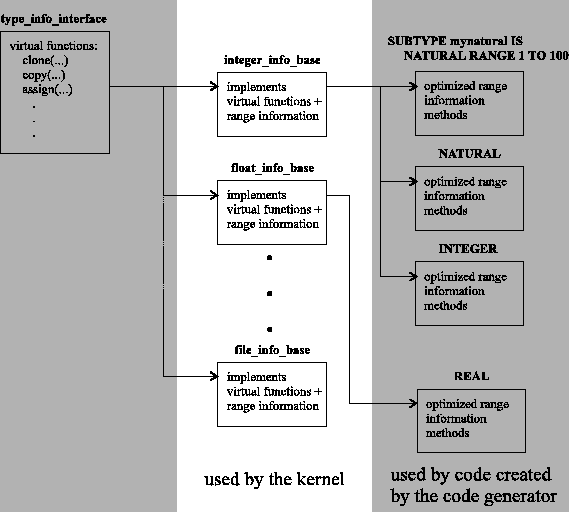
VHDL Types
The std_logic_vector is an array of elements with std_logic data type. signal a: std_logic_vector(7 downto 0); The downto syntax puts the most significant bit (7) on the left, which is the natural representation for numbers (I rarely use the (0 to n) syntax) std_logic constants are enclosed in single quotes: '1' and '0' std_logic_vector.
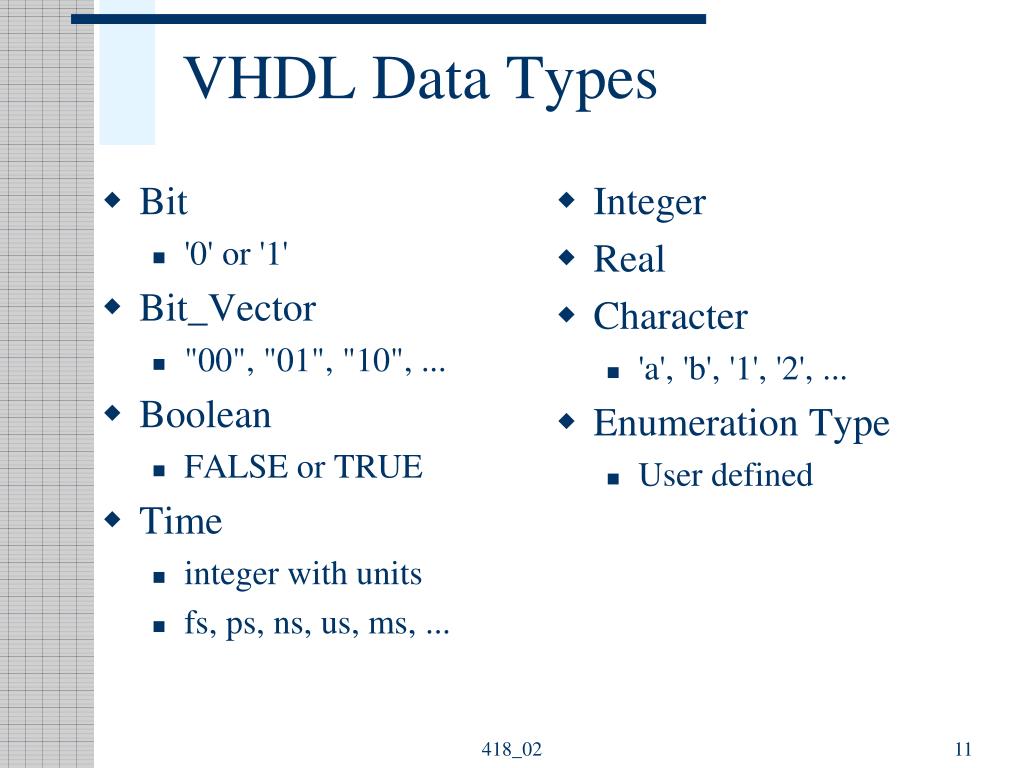
PPT VHDL PowerPoint Presentation, free download ID226593
Hierarchy, Modularity & Regularity. Break design into manageable pieces. Pieces that have well defined functionality and simple interface. Pieces that can be re-used elsewhere in the hierarchy. Gradually refine design to greater levels of detail. Set of computer aided design (CAD) tools that.
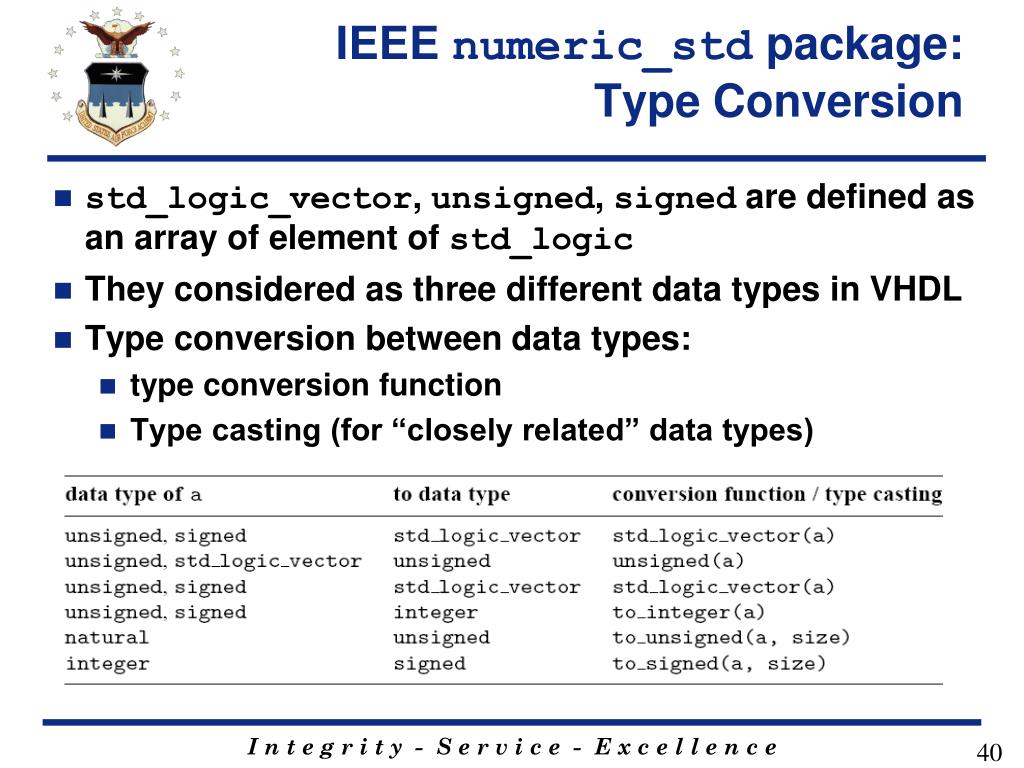
PPT ECE 484 Advanced Digital Systems Design Lecture 3 Basic Language Constructs of VHDL
In VHDL one can cast one type to another using the name of the other type e.g signal x : std_logic_vector (7 downto 0); signal y : signed (7 downto 0);. y <= signed (x) Here we use the type as if it was name of a function. Where exactly are these "cast functions" defined and why are they confused with the type name? vhdl vhdl-2008 typecast Share

VHDL types Introduction to VHDL programming FPGAkey
May 10, 2020 In this post, we talk about the most commonly used data types in VHDL. We will also look at how we perform conversions between these types. VHDL is considered to be a strongly typed language. This means every signal or port which we declare must use either one of the predefined VHDL types or a custom type which we have created.
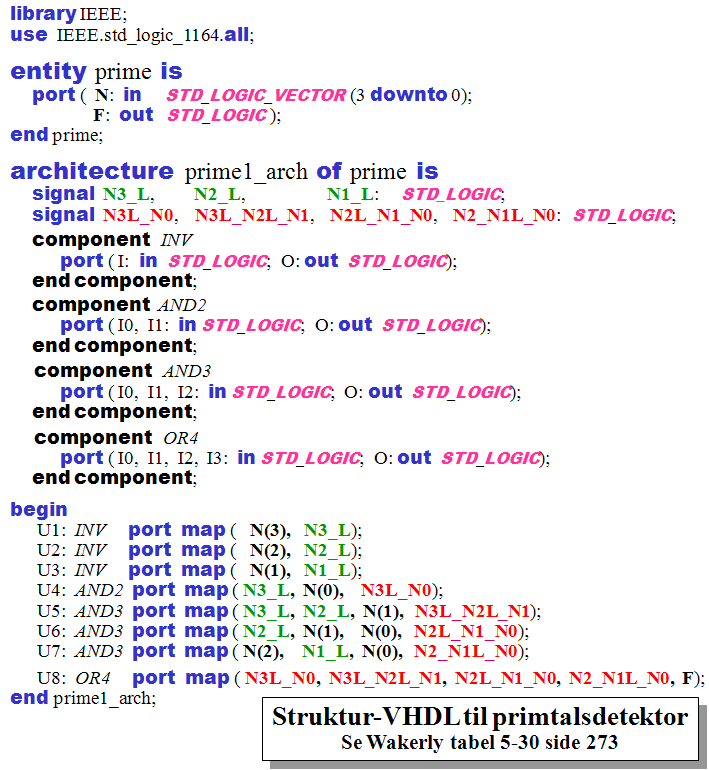
Structural VHDL
VHDL contains a set of built-in type casting operations that are commonly used with the numeric_std package to convert between std_logic_vector and unsigned/signed. Since the types unsigned/signed are based on the underlying type std_logic_vector, the conversion is simply known as casting. The following are the built-in type casting.

How to use the most common VHDL type std_logic YouTube
Simplified Syntax. VHDL is a strongly typed language. This causes that objects of even closely related types need a conversion, if they are supposed to be used together. The result of the conversion is an object, which type is the same as the type specified by the type_mark (Example 1). The type of the operand (the expression) must be known.

PPT VHDL Application PowerPoint Presentation, free download ID5602924
In recent articles we've looked at some important VHDL data types: std_logic, std_logic_vector, bit, boolean, and integer. This article will review the "signed"/"unsigned" data types, which can be used when dealing with whole numbers. Signed/Unsigned Data Types

PPT Introduction to VHDL for Moore Machine PowerPoint Presentation, free download ID2387766
In VHDL, the most commonly used custom types are the enumerated types. These provide us with a technique for creating an entirely new type with custom values. However, we can also create sub types which allow us to modify the range of values in one of the predefined VHDL types.

VHDL Type Conversion BitWeenie BitWeenie
2 Casting isn't an accurate term here. Type conversion is only allowed between closely related types and your scalar type and the composite type string are not closely related (9.3.6 Type conversion). TO_STRING is a function when called returns a string representation.

Modeling Syntax and programming in VHDL YouTube
The
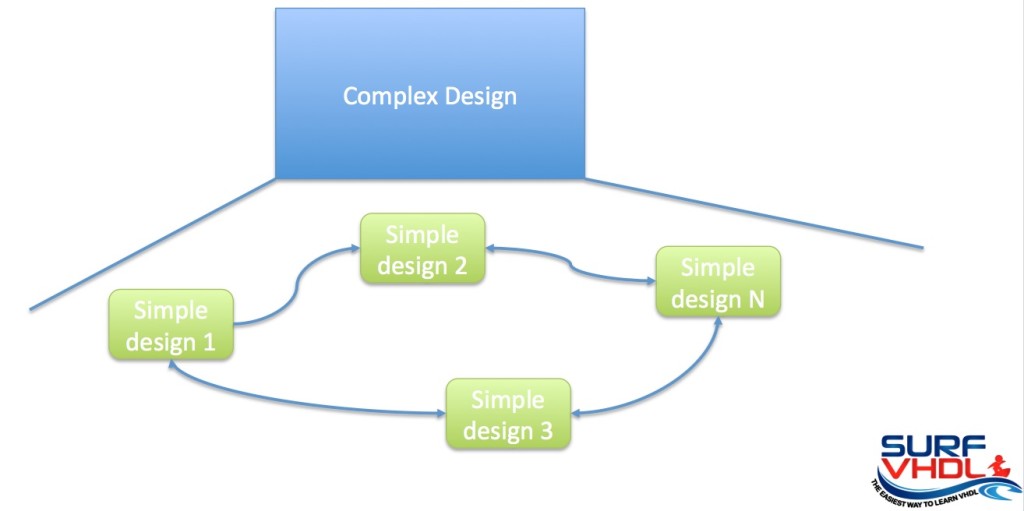
VHDL Structural Modeling Style
17 As LoneTech says, use ieee.numeric_std is your friend. You can convert a std_logic_vector to an integer, but you'll have to cast it as signed or unsigned first (as the compiler has no idea which you mean). VHDL is a strongly typed language. I've written more on this subject on my blog

006 19 Type Conversion and Casting in vhdl verilog fpga YouTube
Std_Logic_Arith: Ambiguous Expressions. VHDL type qualifier (type_name') is a mechanism that specifies the type. of an operand or return value of a subprogram (or operator). Leaving out the ' is an error: Without ', it is type casting. Use type casting for: Recommended solution, use integer: ff cts ll.